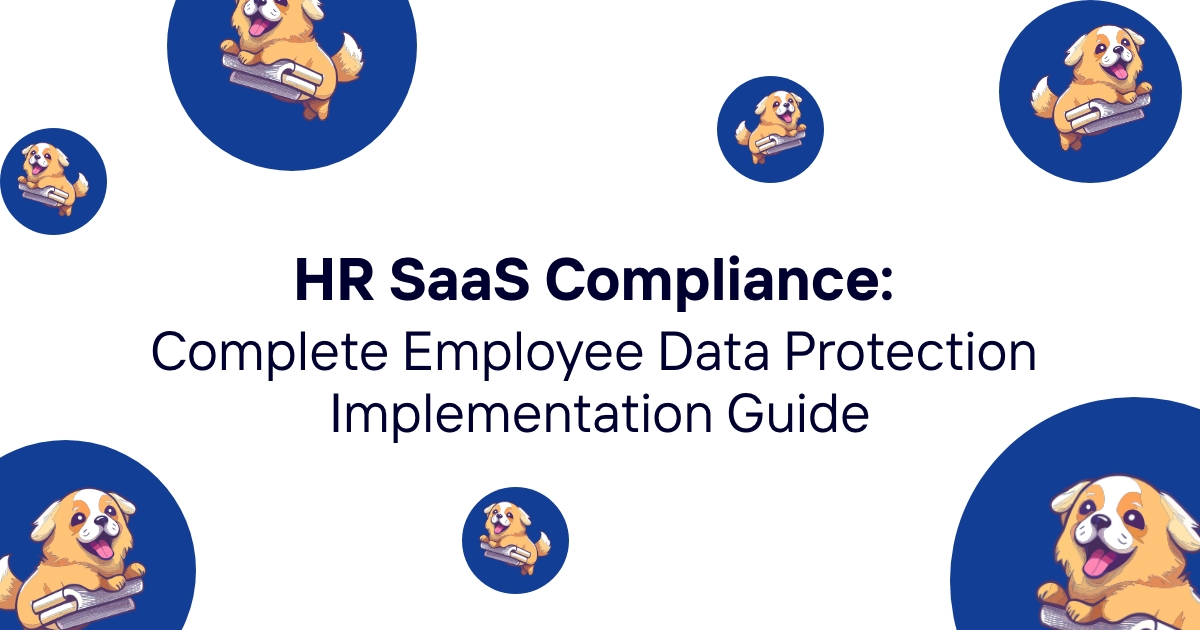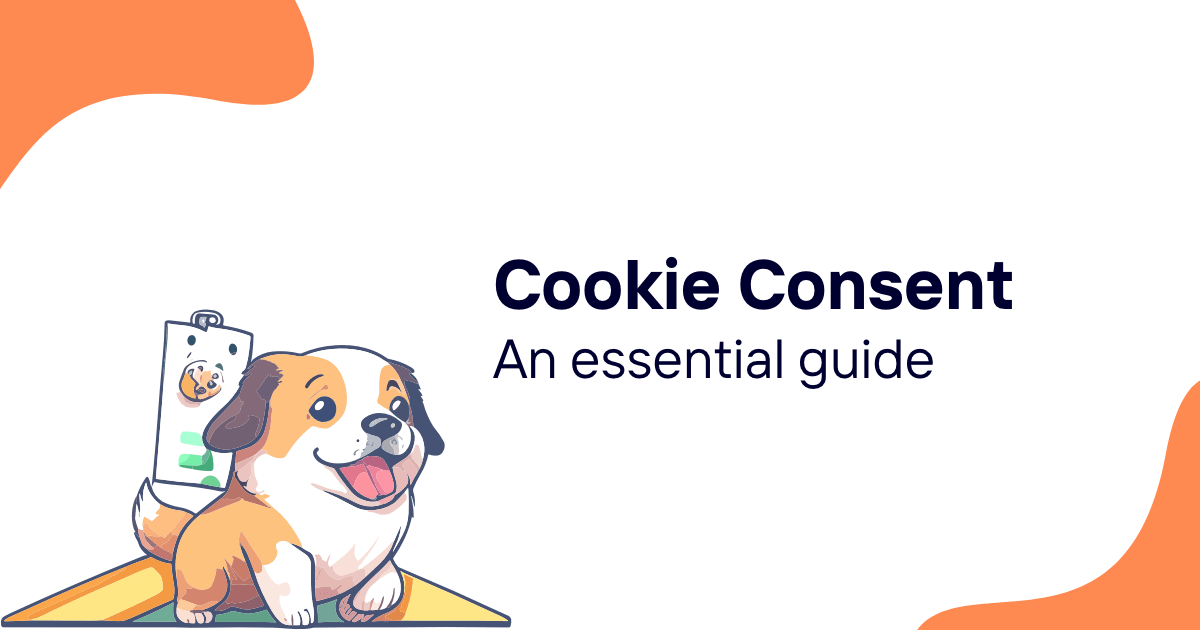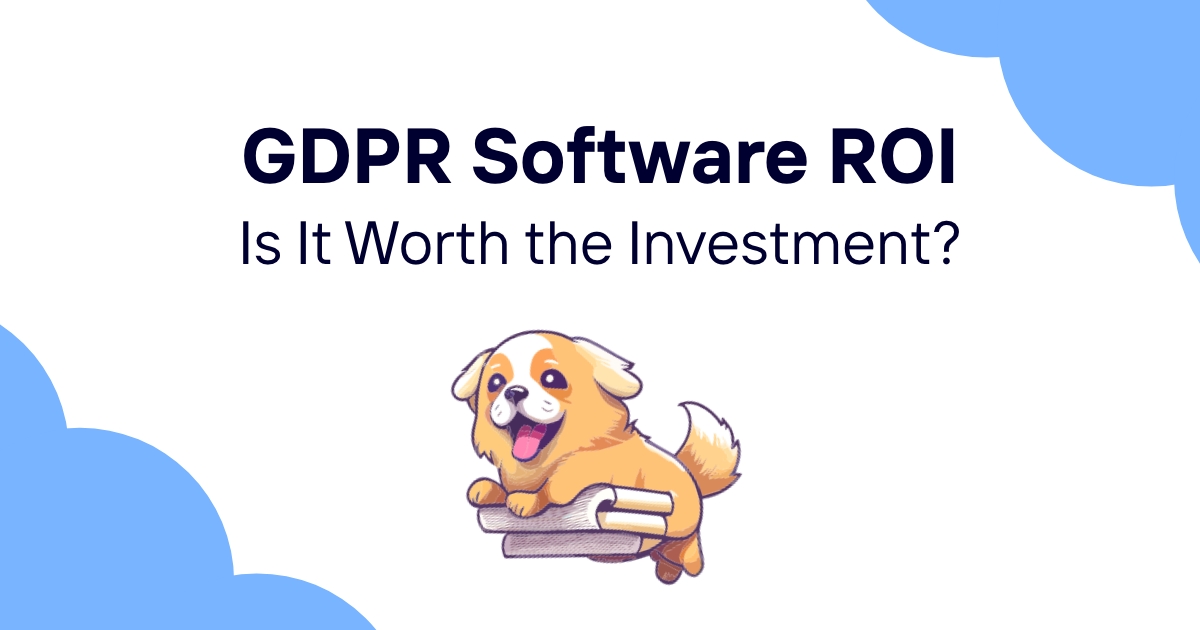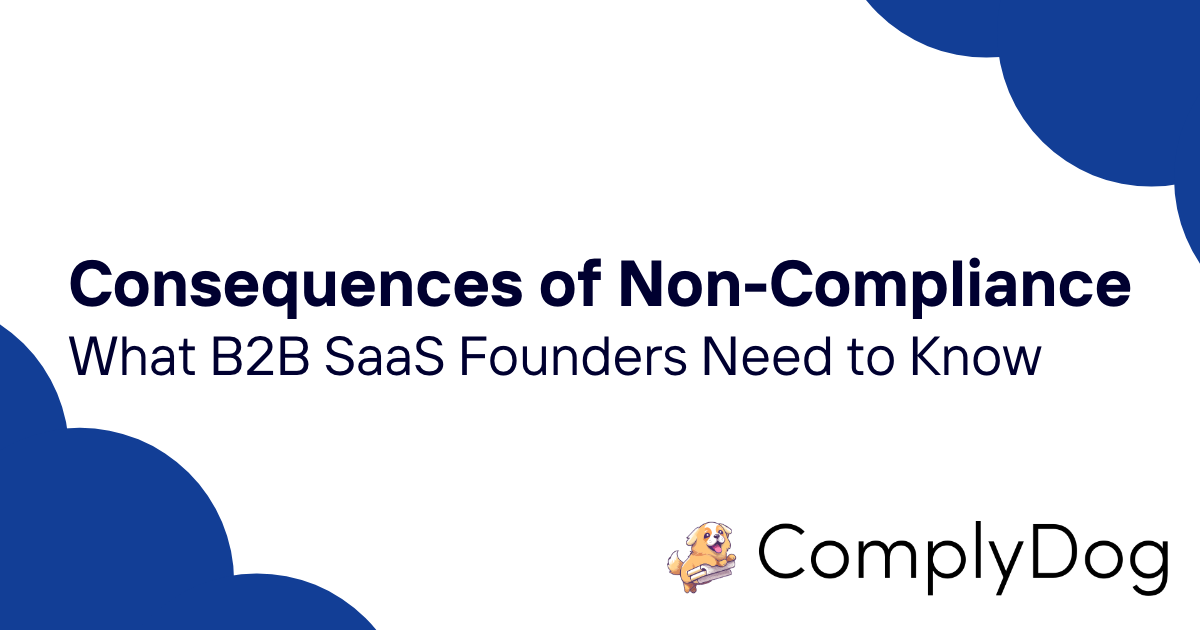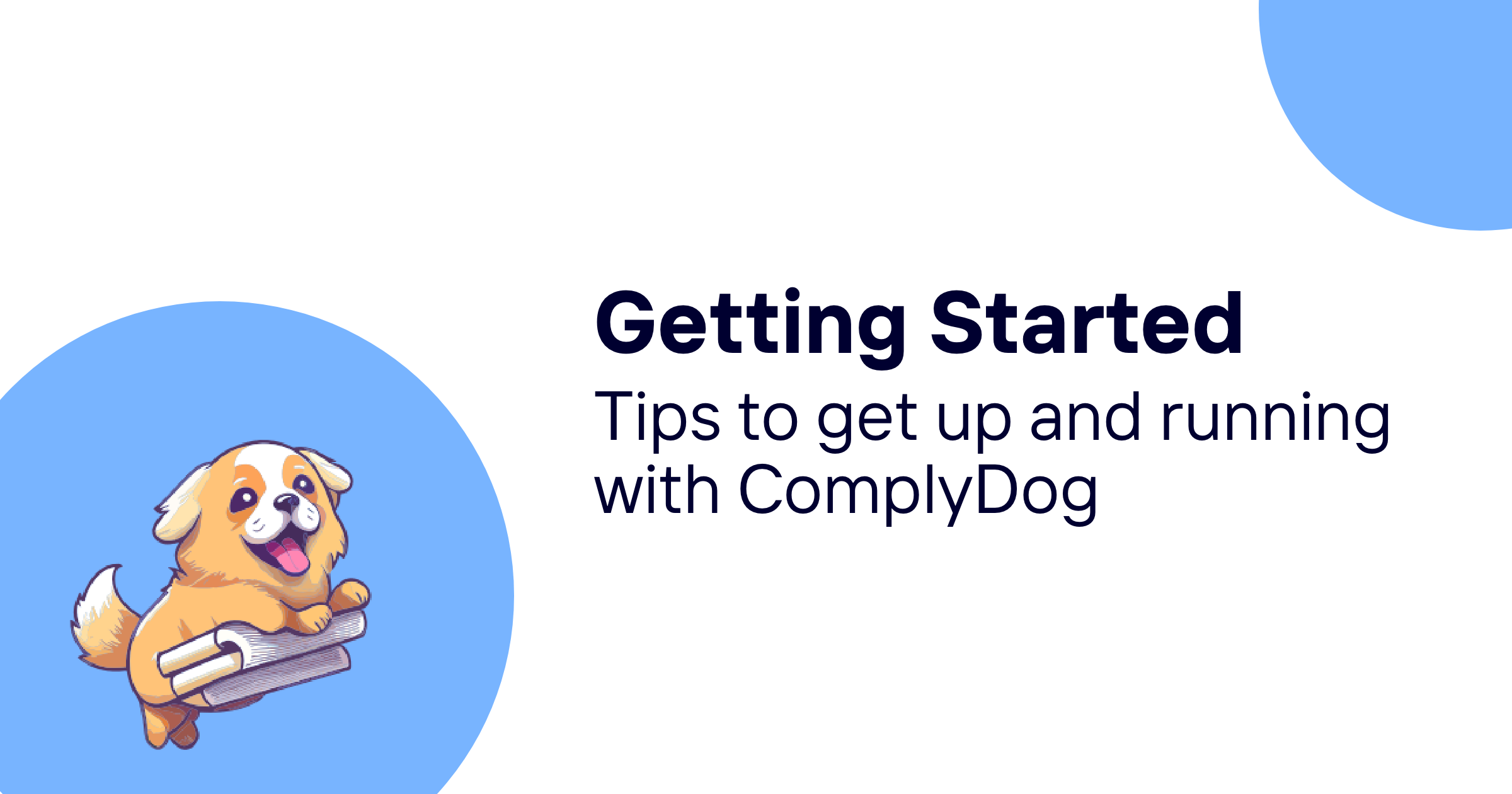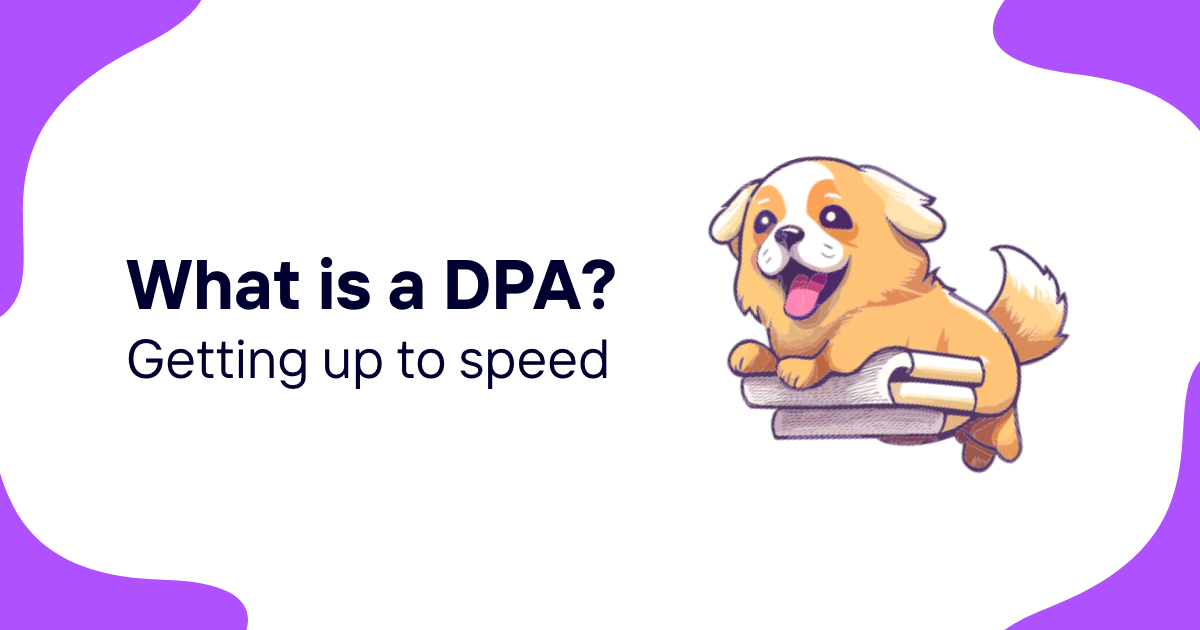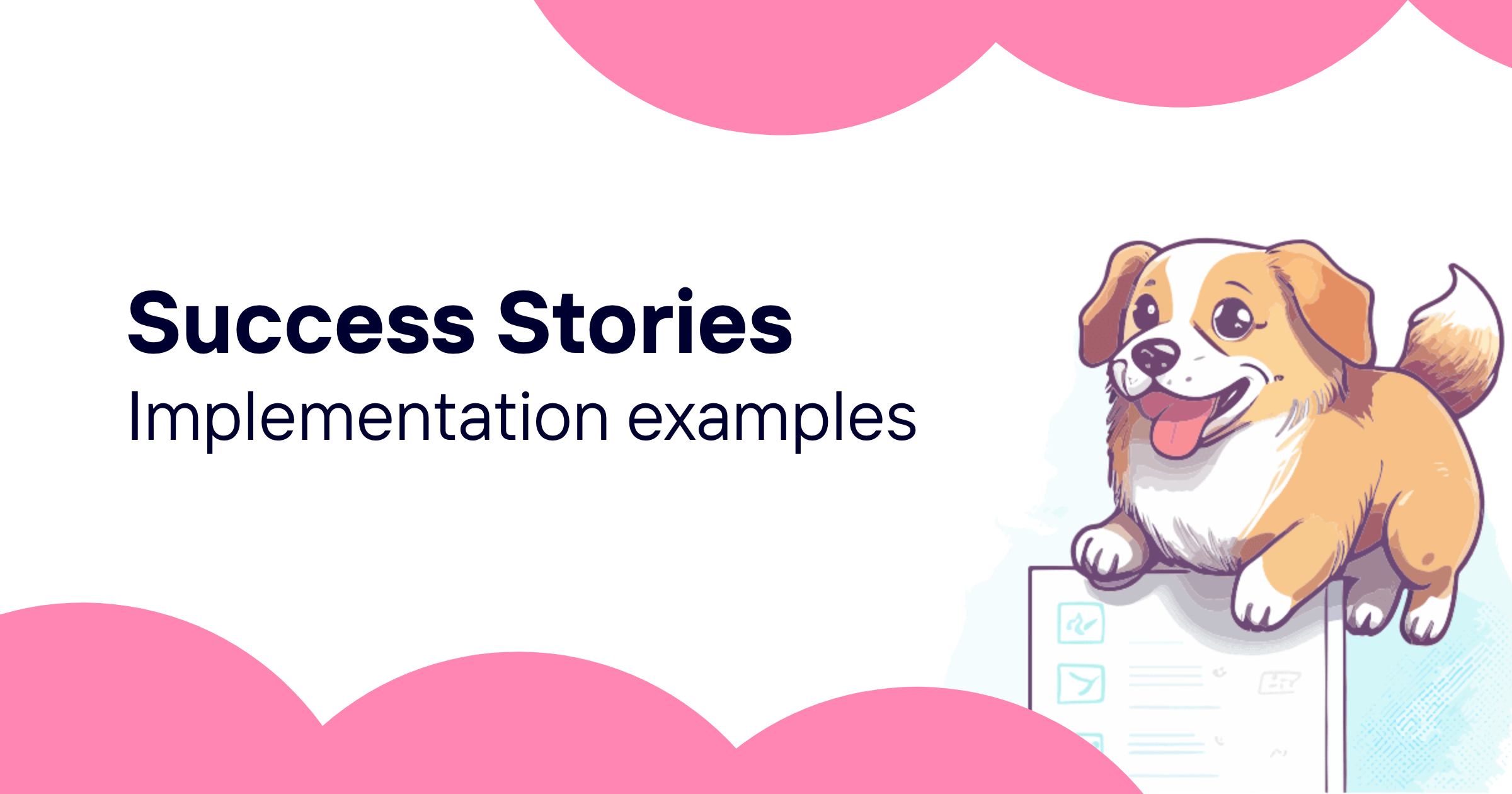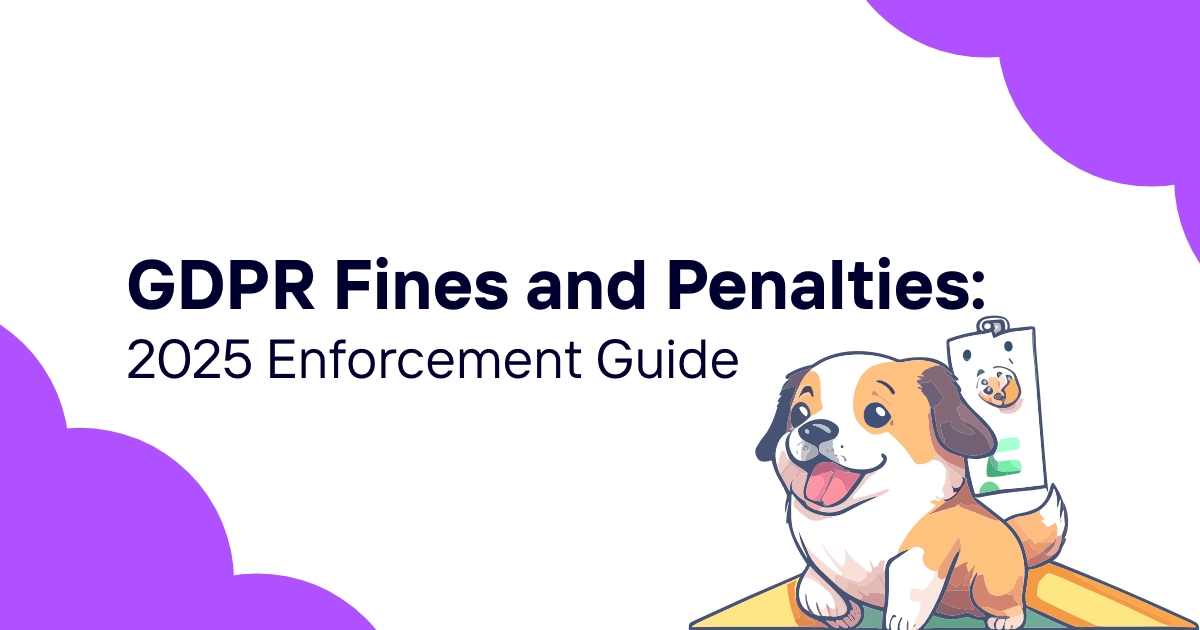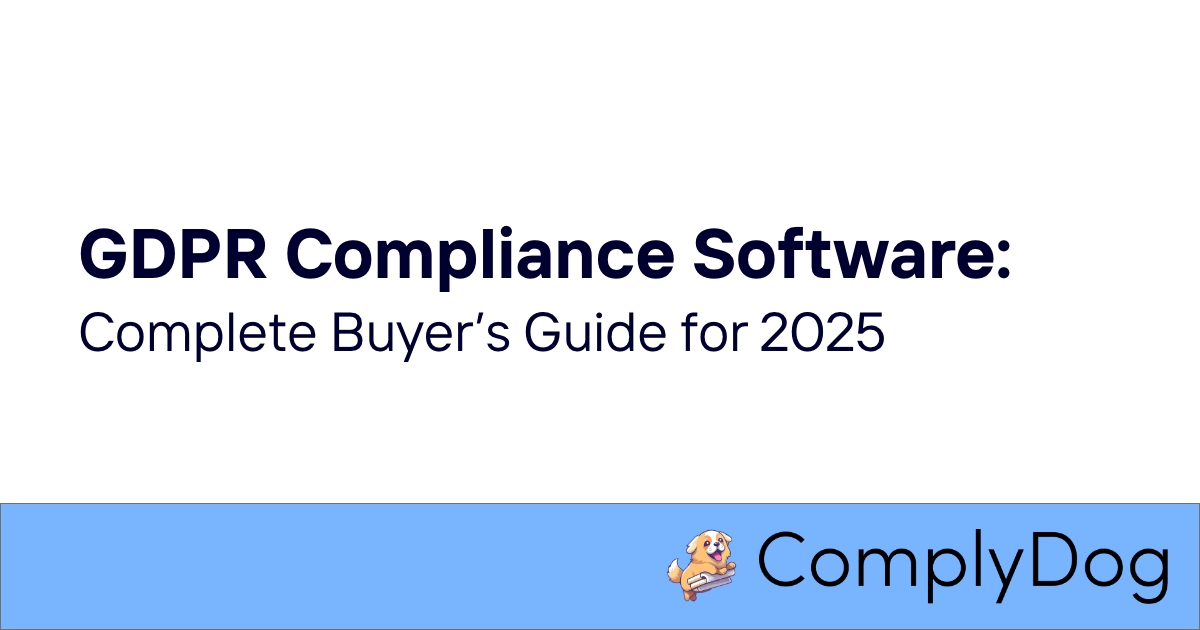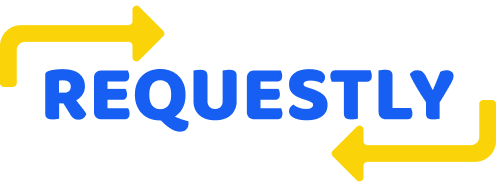HR SaaS platforms sit at the center of employee privacy concerns. You're processing everything from basic contact information to sensitive health data, performance reviews, and disciplinary records. Employees trust you with their most personal information, while employers depend on you to maintain compliance across complex regulatory frameworks.
The stakes are particularly high because employment data affects people's livelihoods. Get employee privacy wrong, and you're not just facing regulatory fines - you're potentially damaging careers, creating discrimination risks, and undermining workplace trust. HR data breaches make headlines because they reveal intimate details about compensation, performance issues, and personal circumstances.
GDPR treats employee data with special consideration because of the inherent power imbalance in employment relationships. Employees can't truly give free consent to their employers' data processing demands. This creates unique compliance challenges for HR SaaS platforms that must balance legitimate business needs with robust privacy protections.
Smart HR SaaS companies build employee privacy into their core platform architecture rather than treating it as a compliance checkbox. They create systems that protect sensitive information while enabling the analytics and automation that modern HR teams need. Platforms like ComplyDog help HR SaaS companies demonstrate their commitment to employee data protection through comprehensive compliance portals that build trust with enterprise customers.
HR SaaS Data Processing Legal Framework
HR data processing operates under complex legal frameworks that combine general privacy laws with employment-specific regulations. Understanding these frameworks helps HR SaaS platforms build compliant systems that work across different jurisdictions and employment contexts.
Core Legal Foundations for HR Data:
- GDPR Article 6 - Legal basis requirements for employee data processing, including legitimate interests and legal obligations
- GDPR Article 9 - Special category data protections for health information, union membership, and other sensitive employee data
- Employment laws - National and regional employment regulations that create data processing obligations
- Sector-specific requirements - Industry regulations for healthcare, finance, government contractors, and other regulated sectors
- Collective bargaining agreements - Union contracts that may include specific data protection requirements
The challenge lies in understanding how these frameworks interact. GDPR provides the overarching privacy framework, but employment laws create specific obligations that can override general privacy principles. Union agreements might require different data handling than standard employment relationships.
Employment Context Exceptions:
GDPR recognizes that employment relationships create unique circumstances where standard consent mechanisms don't work effectively. Employees can't freely refuse data processing that's necessary for their jobs without risking employment consequences.
This doesn't mean HR platforms have unlimited data processing rights. Employment context exceptions require careful balancing of employer interests against employee privacy rights. Document your legal basis analysis for each type of employee data processing.
Cross-Border Employment Complications:
International companies create complex scenarios where employees in different countries work for the same organization but under different privacy regimes. A US-based HR platform serving a multinational corporation must comply with EU privacy laws for European employees while meeting US employment requirements for American workers.
Map your customer base to understand which jurisdictions apply to employee data in your systems. The location of the employer, employee, and HR platform can all affect which privacy laws apply to the same employment relationship.
Regulatory Enforcement Trends:
Privacy regulators are paying increased attention to HR data processing, particularly around employee monitoring, automated decision-making, and cross-border data transfers. Recent enforcement actions have targeted companies for excessive employee surveillance and inadequate consent for workplace monitoring.
Focus on building defensible policies for employee monitoring, performance analytics, and automated HR decisions. These areas attract regulatory scrutiny because they directly impact employee rights and workplace fairness.
Employee Data Rights in HR Software
Employees have extensive rights over their personal data under privacy laws, but these rights must be balanced against legitimate business needs and legal obligations in employment contexts.
Employee Access Rights Implementation:
Employees can request access to all personal data you hold about them, including performance reviews, disciplinary records, compensation information, and behavioral analytics. HR platforms need systems to compile comprehensive responses while protecting confidential business information.
Design access systems that can filter out third-party confidential information while providing complete employee data. A performance review might include confidential salary benchmarking data that belongs to the employer, not the employee requesting access.
Data Correction Challenges:
Employees can request correction of inaccurate personal data, but HR data often includes subjective assessments and third-party evaluations that aren't simply factual. Performance ratings, manager feedback, and disciplinary records involve judgment calls that employees might dispute.
Build correction workflows that distinguish between factual errors (wrong salary amounts, incorrect start dates) and disagreements about subjective assessments. Employees have rights to add their own statements to disputed records even if the original assessment stands.
Employment Data Portability:
Data portability in HR contexts serves different purposes than consumer portability. Employees might want their skills assessments, training records, or performance data when changing jobs. Some jurisdictions require employers to provide employment references or certificates.
Create portability features that serve legitimate employment needs while protecting confidential business information. An employee's training completion records are portable, but internal succession planning documents aren't.
Deletion Limitations in Employment:
Employee data deletion gets complicated because of legal retention requirements for employment records. Tax obligations, discrimination protection, workers' compensation claims, and other legal requirements create mandatory retention periods that can conflict with privacy deletion rights.
Develop clear policies for handling deletion requests that consider legal retention obligations, ongoing employment relationships, and legitimate business interests. Pseudonymization might satisfy privacy concerns while meeting legal retention requirements.
For insights on handling similar data rights challenges, check out our EdTech SaaS compliance guide which addresses complex multi-stakeholder rights management.
HR Platform Consent vs Legitimate Interest
GDPR's consent requirements create particular challenges in employment contexts where employees can't freely refuse data processing necessary for their jobs. Understanding when to rely on legitimate interests versus consent helps HR platforms build compliant systems.
When Consent Works in HR:
Consent is appropriate for optional HR activities that provide benefits to employees but aren't necessary for employment. Examples include wellness program participation, optional benefits enrollment, or voluntary skills assessments.
True consent requires free choice, which means employees must be able to refuse without negative employment consequences. Design consent mechanisms that clearly separate optional activities from job requirements.
Legitimate Interests Analysis:
Legitimate interests can justify employee data processing when necessary for employment management, but requires careful balancing of employer needs against employee privacy rights. Document your legitimate interests analysis for each type of processing.
Common legitimate interests in HR include performance management, payroll processing, security monitoring, and compliance with employment laws. However, the specific implementation must be proportionate and respect employee privacy expectations.
Legal Obligations Processing:
Many HR data processing activities are required by employment laws, tax regulations, or industry requirements. These create legal obligation grounds for processing that don't require consent or legitimate interests analysis.
Document which data processing activities are legally required and by which specific laws. This documentation helps defend your processing decisions and explains to employees why certain data collection is mandatory.
Special Category Data Protections:
Health information, union membership, racial/ethnic data, and other special category information require additional protections beyond standard personal data. These categories often appear in HR data through benefits administration, accommodation requests, or diversity tracking.
Implement enhanced protections for special category data including access controls, encryption, and audit logging. Consider whether less intrusive alternatives could meet your business needs without processing special category information.
HRIS Data Minimization Strategies
Human Resource Information Systems often accumulate vast amounts of employee data over time. GDPR's data minimization principle requires collecting and retaining only data that's necessary for specific purposes.
Purpose-Based Data Collection:
Design data collection around specific HR functions rather than comprehensive employee profiling. Payroll processing needs different data than performance management, which needs different data than benefits administration.
Audit your data collection practices to identify information that's collected "just in case" rather than for specific purposes. Historical practices of collecting comprehensive employee information might not meet current privacy standards.
Automated Data Retention:
Implement automated retention policies that delete or anonymize employee data according to legal requirements and business needs. Different types of HR data have different retention requirements based on employment laws and business purposes.
Consider graduated retention policies that move older data to restricted access or anonymized reporting rather than immediate deletion. This balances privacy protection with legitimate business needs for historical analysis.
Analytics Data Minimization:
HR analytics platforms often process detailed behavioral data to identify trends and improve workplace outcomes. However, individual-level analytics might reveal more about employees than necessary for legitimate business purposes.
Design analytics systems that use aggregated or pseudonymized data when possible. Workforce planning and diversity analytics can often rely on demographic trends rather than individual employee tracking.
Third-Party Data Sharing:
HR platforms often integrate with benefits providers, payroll processors, background check services, and other third parties. Each integration creates potential data minimization issues if vendors receive more information than necessary.
Audit third-party integrations to ensure vendors receive only data necessary for their specific services. A benefits provider doesn't need performance review data, and a payroll processor doesn't need health information.
International Employee Data in HR SaaS
Multinational organizations create complex data protection scenarios where employee data flows across borders with different privacy requirements. HR SaaS platforms must handle these international data flows while maintaining compliance with multiple jurisdictions.
GDPR Transfer Mechanisms:
International transfers of employee data from the EU require appropriate safeguards like adequacy decisions, standard contractual clauses, or binding corporate rules. The specific mechanism depends on the destination country and the nature of the data transfer.
Document your international data transfer mechanisms and ensure they cover all employee data flows in your platform. Include transfers for payroll processing, benefits administration, and business intelligence that might not be obvious.
Employee Notification Requirements:
Employees have rights to know where their data is being transferred and what protections apply. Privacy notices should clearly explain international data flows and the legal mechanisms that protect employee data during transfers.
Avoid generic language about "global operations" that doesn't provide meaningful information about data transfers. Specify which countries receive employee data and what protections are in place for each transfer.
Data Localization Requirements:
Some countries require certain types of employee data to remain within national borders. These requirements might apply to payroll data, health information, or other sensitive employee information.
Research data localization requirements for each market where your customers operate. Cloud infrastructure, backup locations, and disaster recovery sites all need to comply with applicable localization requirements.
Cross-Border Access Controls:
Implement technical controls that restrict access to employee data based on jurisdiction-specific requirements. Support teams in different countries might need different access levels to employee data based on local privacy laws.
Consider implementing geographic access controls that automatically restrict data access based on user location and applicable privacy requirements. This helps prevent inadvertent violations of data localization rules.
HR SaaS Vendor Management and DPAs
HR SaaS platforms often process employee data as data processors for their customers, creating complex vendor relationship requirements under privacy laws. Data processing agreements must address these relationships while protecting all parties' interests.
Data Controller vs Processor Relationships:
Clarify whether your HR platform acts as a data controller or processor for different types of employee data processing. The relationship affects your obligations, liabilities, and compliance requirements.
Some HR activities clearly involve processing on behalf of customers (payroll calculation, benefits administration), while others might involve independent processing for platform improvement or analytics. Document these relationships clearly in your agreements.
Employee Data Processing Instructions:
Data processing agreements should include clear instructions about how employee data can be processed, retained, and deleted. Instructions should be specific enough to guide operational decisions but flexible enough to accommodate legitimate business needs.
Avoid overly broad processing instructions that could authorize any data use. Instead, specify particular purposes like "payroll processing," "benefits administration," or "compliance reporting" with clear boundaries for each purpose.
Subprocessor Management for HR Data:
HR platforms often use cloud infrastructure, analytics services, and specialized vendors that access employee data. Customer agreements should address subprocessor management and approval processes.
Maintain current inventories of subprocessors and their access to employee data. Some customers require advance approval for new subprocessors, while others accept notification with opt-out rights for objectionable vendors.
Data Security Requirements:
HR data processing agreements should specify security requirements that reflect the sensitive nature of employee information. These requirements might be more stringent than general business data protection standards.
Include specific security controls for special category data like health information that might appear in HR systems through benefits administration or accommodation requests. Enhanced encryption, access logging, and monitoring might be appropriate for this sensitive data.
Payroll and Benefits SaaS Compliance
Payroll and benefits processing involve some of the most sensitive employee data, including financial information, health details, and family circumstances. These systems require enhanced privacy protections and careful compliance management.
Financial Data Protection:
Payroll systems process detailed financial information including salaries, tax withholdings, bank account details, and garnishment orders. This information requires protection under both privacy laws and financial regulations.
Implement strong encryption and access controls for financial data. Consider tokenization or other techniques that reduce the amount of sensitive financial information stored in your systems.
Health Information in Benefits:
Benefits administration often involves health information that receives special protection under privacy laws. Medical plan enrollment, health savings account contributions, and disability accommodations all create special category data obligations.
Design benefits systems with enhanced protections for health information. Separate health data processing from general benefits administration when possible to minimize exposure and access requirements.
Family and Dependent Data:
Benefits and payroll systems often collect information about employee families and dependents. This creates additional privacy obligations because you're processing personal data about individuals who aren't direct platform users.
Implement consent and notification mechanisms for dependent data that respect family privacy while meeting benefits administration needs. Spouses and children have privacy rights even though they're not employees.
Cross-System Data Flows:
Payroll and benefits data often flows between multiple systems including HRIS platforms, accounting software, insurance providers, and government reporting systems. Each integration creates potential privacy compliance issues.
Map data flows between payroll, benefits, and other HR systems to ensure appropriate privacy protections apply throughout the processing lifecycle. Data might need different protections depending on its current location and purpose.
Compliance Reporting Requirements:
Payroll and benefits systems generate extensive compliance reporting for tax authorities, insurance providers, and government agencies. These reporting requirements create legal obligations that can override general privacy protections.
Document which reporting requirements apply to your payroll and benefits processing. Some reports might require employee data disclosure that would otherwise require consent or additional privacy protections.
Ready to demonstrate your commitment to employee privacy? Use ComplyDog and build trust with enterprise customers through a comprehensive compliance portal that addresses HR data protection requirements and streamlines vendor evaluation processes.
